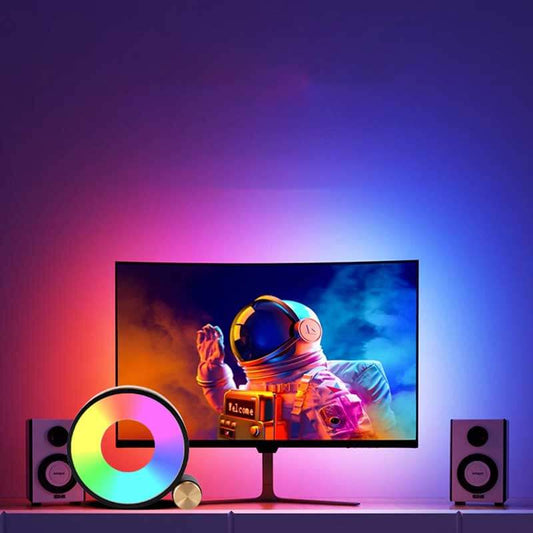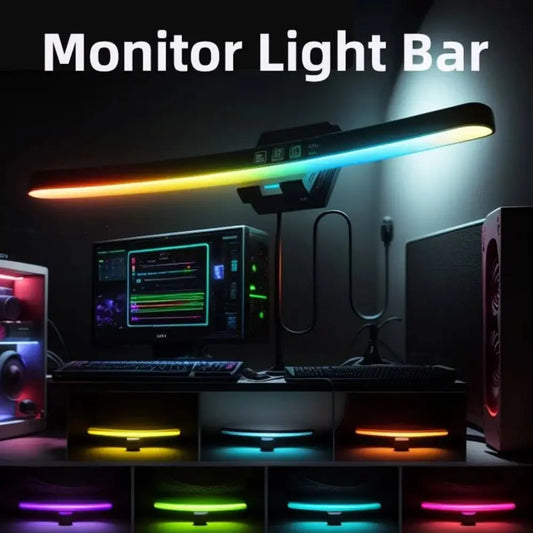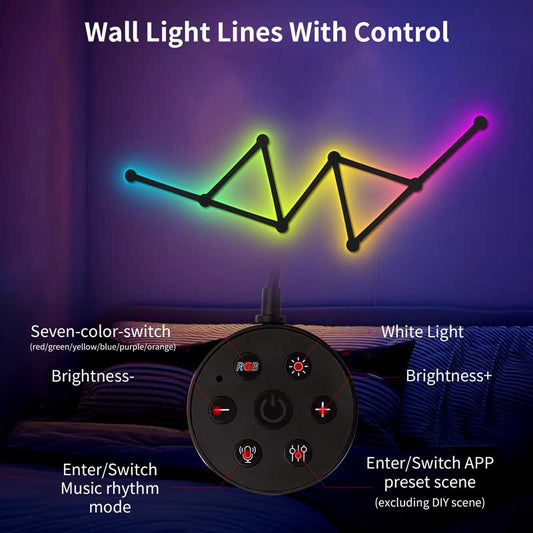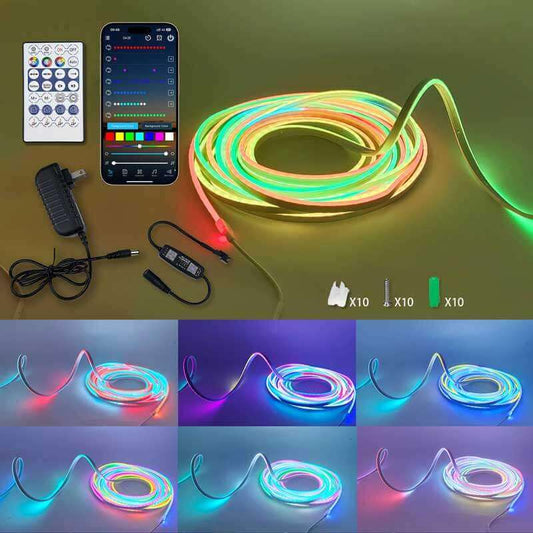Should I put RGB in my PC?
Partager
Whether or not you should add RGB lighting to your PC depends on your preferences, goals, and priorities. Here are the key factors to help you decide:
Pros of Adding RGB to Your PC
1. Customization and Aesthetics
- RGB lighting allows you to personalize your PC with vibrant colors and effects that reflect your style or match your gaming setup.
- You can create dynamic setups for gaming themes, ambient lighting, or even holidays (e.g., red and green for Christmas).
2. Enhanced Atmosphere
- RGB lighting adds a dramatic and immersive feel to your gaming or workstation environment.
- Subtle, well-coordinated lighting can reduce eye strain by providing ambient light, especially in dark rooms.
3. Brand Appeal
- RGB can make your build look premium, which is great if you’re showcasing it on social media, streaming, or just love the visual appeal of a glowing PC.
4. Synchronization with Other Devices
- Modern RGB ecosystems allow seamless syncing with peripherals like keyboards, mice, and monitors, creating a cohesive and immersive lighting experience.
Cons of Adding RGB to Your PC
1. Added Cost
- RGB components (fans, motherboards, GPUs, and RAM) often cost more than non-RGB variants.
- RGB controllers or hubs may be required, adding to the expense.
2. Software Complexity
- Managing RGB effects often requires dedicated software (e.g., Corsair iCUE, ASUS Aura Sync), which can be confusing or resource-intensive.
- Compatibility issues can arise if your components are from different manufacturers.
3. Potential Distractions
- Bright or constantly changing RGB effects can distract you, especially during focus-intensive tasks or gameplay.
- This is subjective and varies by individual preferences.
4. Increased Power Draw
- While RGB LEDs are energy-efficient, having many RGB components in your system adds to your PC's overall power usage.
Factors to Consider Before Adding RGB
1. Purpose of Your PC
- Gaming Builds: RGB lighting enhances aesthetics and can match gaming setups.
- Workstation Builds: If you’re building a professional setup, subtle or no RGB might look more polished.
2. Budget
- Ensure that RGB doesn't compromise your budget for critical performance components like CPU, GPU, or storage.
3. Control Options
- Check if the components you’re buying are compatible with a single RGB ecosystem (e.g., MSI Mystic Light or Gigabyte RGB Fusion).
- Decide whether you're comfortable managing lighting software.
4. Personal Preferences
- Do you enjoy flashy, vibrant setups? Or do you prefer minimalistic designs? Let your personal taste guide you.
Tips for Adding RGB to Your PC
- Start Small: Consider starting with RGB fans or an RGB strip to see if you like the effect.
- Keep it Subtle: Choose a uniform color scheme or soft lighting to avoid overloading your setup.
- Plan for Cable Management: RGB components require additional cables, so ensure you have space and a plan to keep the build tidy.
YOUWEI TRADE Conclusion
Adding RGB to your PC is a personal choice that depends on your style, needs, and budget. If aesthetics and customization are important to you, RGB is a great addition. However, if performance and simplicity are your priorities, you might skip it or opt for subtle lighting options.
Verdict: If you love the look of glowing components and want to elevate your setup’s appearance, RGB is worth it!




